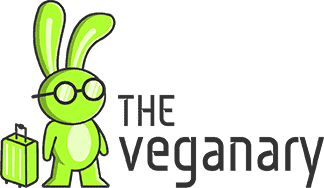Plant-Based American Indigenous Diet.
Intro:
Small scale agriculture in South-America started as early as 10,000 years ago, 7000 years ago in Central America and 5000 years ago in North America. Before that people were hunter-gatherers, often more gatherers than hunters, with some South American indigenous populations being mostly vegetarian.

What plants did people cultivate?
It always comes as a surprise to learn that more than half of all plant foods consumed today anywhere in the world come from the cultivation, of the early South or North-American indigenous people.
Maize (corn), the most important crop till today, was evolved from teosinte grasses over several thousand years of hard work.
Among the other crops are some of the most beloved by vegans: quinoa, chia, avocados, sweet potatoes and all other potatoes, cocoa, vanilla, sunflowers, zucchini and other squash, peanuts, blueberries, strawberries, beans and tomatoes.
And let’s not forget cotton, without which half our wardrobe would be empty.
What plant-based foods did people eat?

In Central and South America grains were ground with a pestle and mortal and grain porridges (especially corn and quinoa) were a staple of the diet.
The most popular spice seems to have been chili peppers but some porridge remains were found to often include wild herbs.
Corn was held in clear preference (many tribes had a corn god) with tens of varieties cultivated in all possible colors. Pop corn was a delicacy often consumed. Left over corn porridge could be baked later as tortillas.
Fire baked sweet potatoes and all their variants also constituted the base of the diet. Beans were usually cooked fresh into a vegetable stew.
Fruits became cultivated later and for many years were picked from the wild. They were much less sweet and more fibrous than fruits today. The most common were bananas, cherries and papayas, depending on the climate.

In Central America, amaranth was often baked into breads. Cocoa beans were made into a hot or cold chocolate drink by the Azteks, mixing it with corn for sweetness and vanilla.
In North America, a kind of porridge was made of wild rice seeds mixed with corn and was eaten as a staple in the Great-Lakes region. Corn, beans and squash were often planted, harvested and cooked together in a stew.
Buckwheat was also widely used either ground as a flour to make porridge or bread. The whole plant was consumed as a vegetable.
How did people cook?
Most food was cooked over an open flame or in earth ovens, but it was also sometimes boiled in pottery containers filled with cold water into which a stone heated for a while in a fire was dropped, creating an instant boil. To keep the pot boiling, other stones would be dropped in as often as necessary.

Breads were mostly cooked flat, either by sticking them on the inside walls of the earth oven or on its floor, though often the dough could be cooked on top of ambers also.
How often did they eat?
We know that the Incas ate twice a day on average. A porridge at breakfast and a more copious meal late in the evening. In harvest season (or after a hunt), when not all vegetables can be saved for later, it was not uncommon for people to eat until overly full during feasts lasted many hours.




